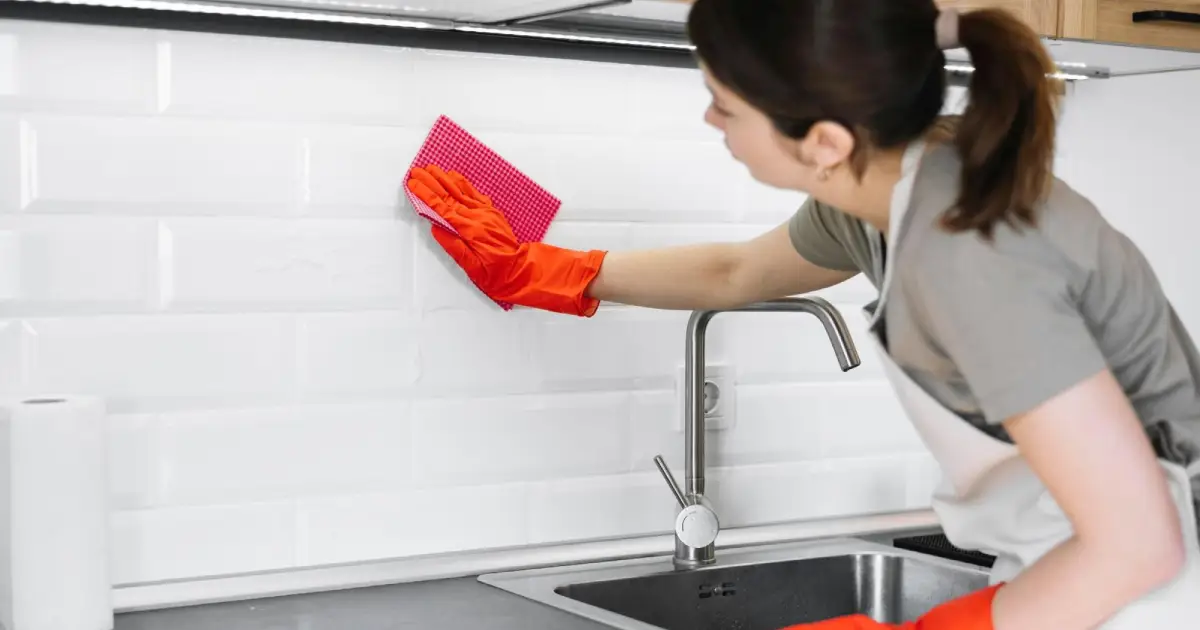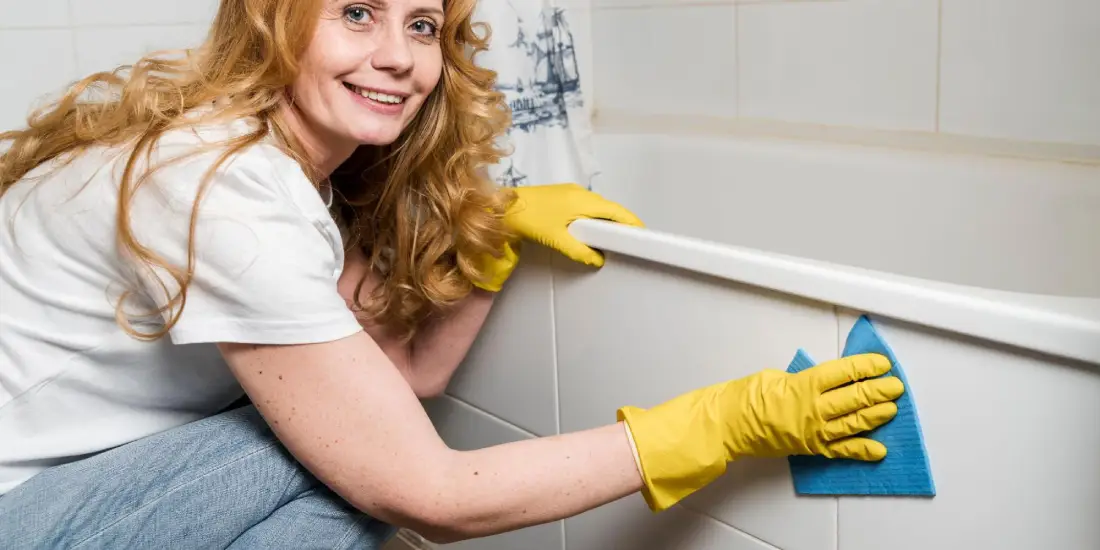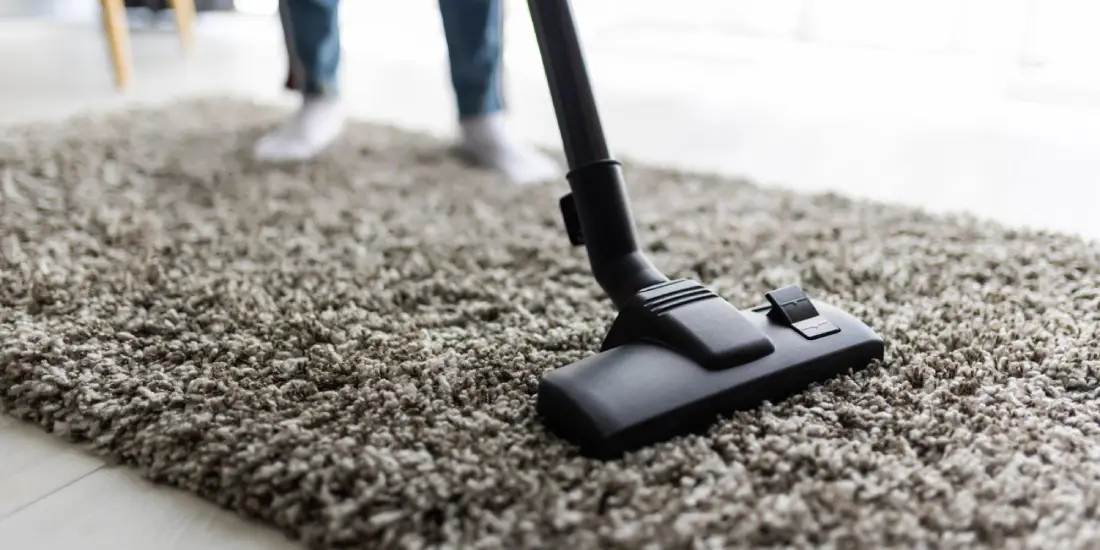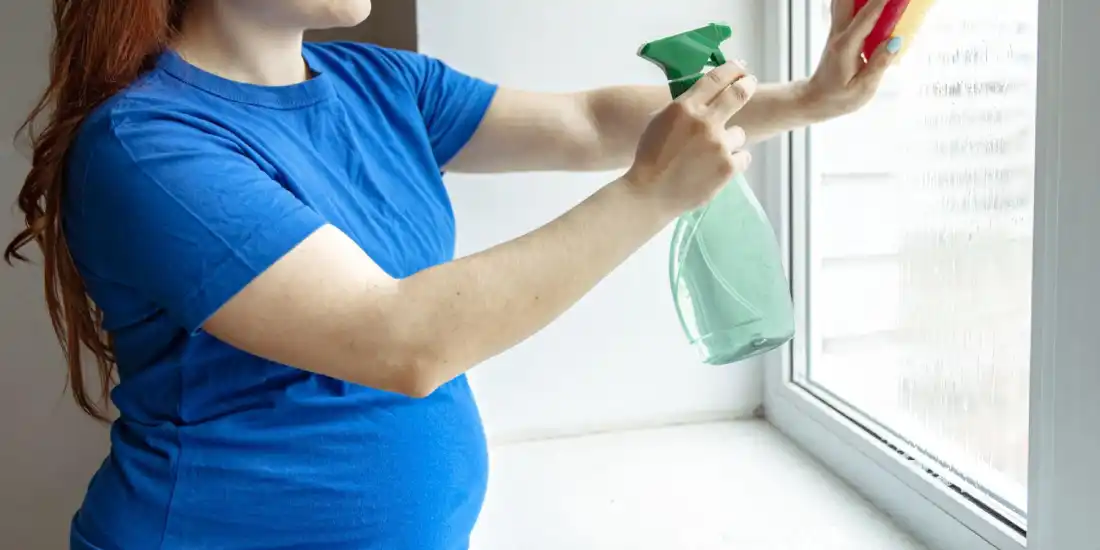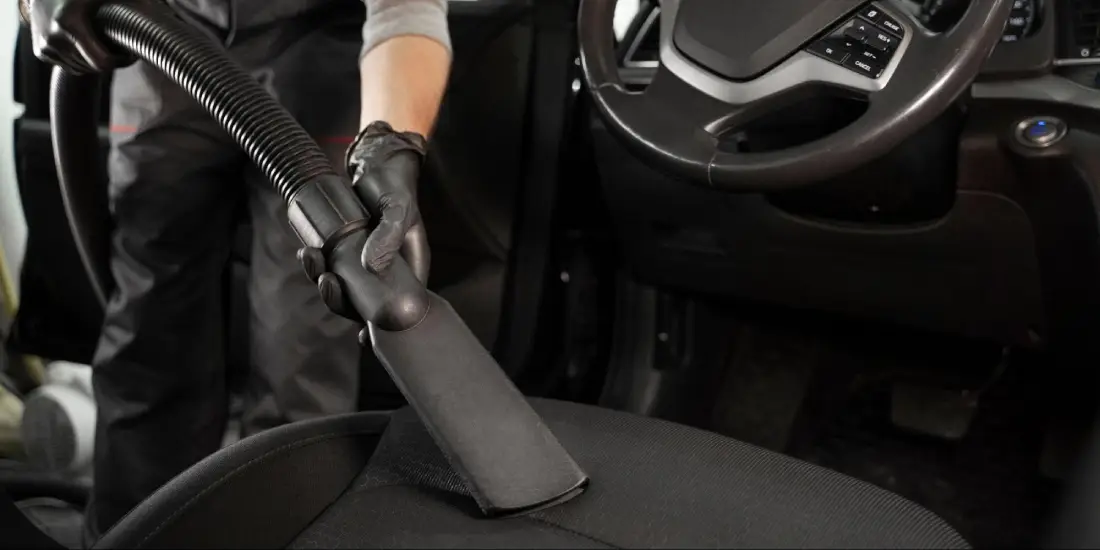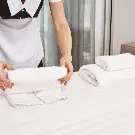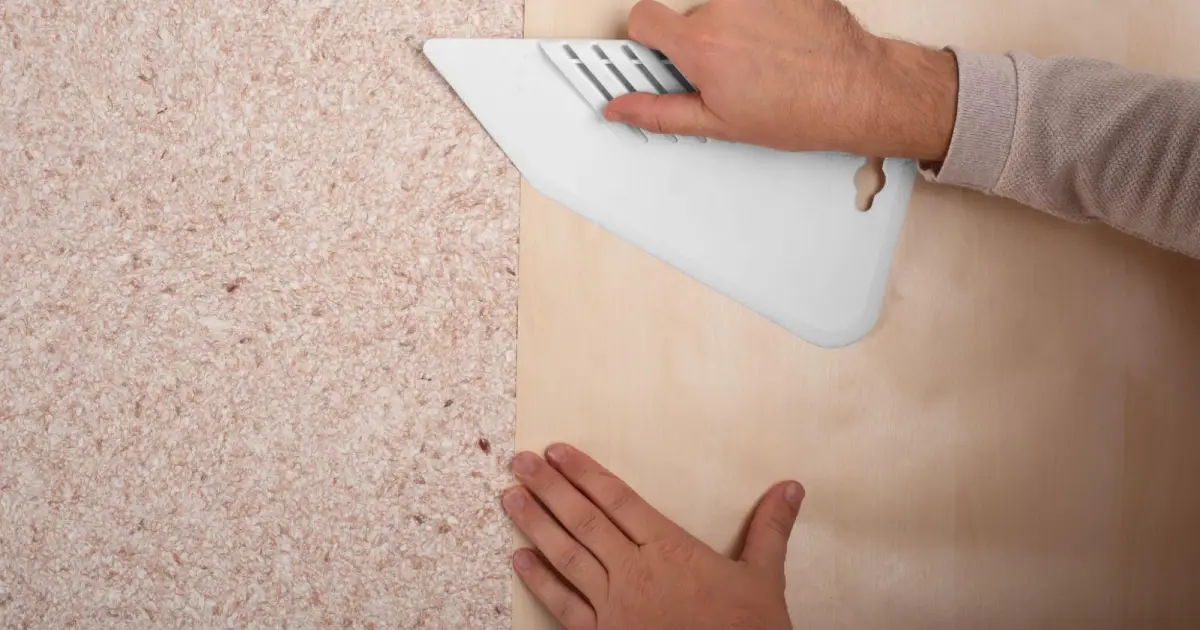
Ah, the age-old question that plagues many a homeowner. Is it really possible to mend the wear and tear inflicted upon our house by our carpets? The answer is as hopeful as a sunny day in Sydney Harbour – yes, you can! Carpet damage comes in many forms, from the ominous presence of mould, thanks to Australia's humid summers, to the accidental artwork created by your little ones.
Repairing a carpet isn't just about erasing the blemishes. It's an art form, a testament to the resilience of our homes. Whether it's a stubborn stain that refuses to part ways with your carpet or a hole that seems to tell a story of its own, there's a way to bring back the charm without calling it quits.
The feasibility of repair over replacement is akin to choosing between a patch-up job on your favourite worn pair of boots or splurging on a new pair. Sometimes, all it takes is a bit of elbow grease and the right know-how. But when do you draw the line? When does cleaning suffice, and when is it time to roll up your sleeves and patch things up?
In the spirit of a true-blue Aussie DIY, let's dive into the nitty-gritty of carpet repair and carpet cleaning together. It's about saving a piece of your home from the brink, armed with nothing but determination and a sprinkle of ingenuity. So, grab a cuppa, and let's unravel the mystery of giving your carpet the magic touch it deserves.
Dive deeper into the essence of carpet repair and why carpet cleaning is vital, merging dedication with a dash of ingenuity to bring your carpet back to life.
Common Tools Used to Patch Carpet
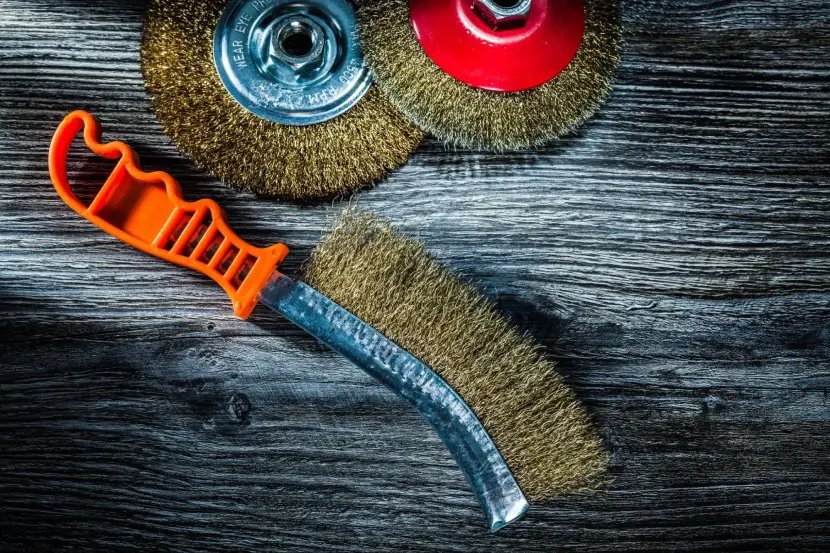
When patching a carpet, the right tools are your best mates on this DIY adventure. Imagine yourself as a skilled surgeon, but instead of operating on patients, you're breathing new life into your carpet. You'll need a trusty carpet knife, sharper than a croc's tooth, to cut precisely. A seam roller, much like a good old rolling pin, but for blending patches seamlessly into the carpet's landscape. Don't forget the knee kicker – no, it's not for footy practice, but for stretching the carpet just right. And of course, carpet tape, the unsung hero, holding everything together like the best mates during tough times. Choosing the right tools isn't just about the repair; it's about ensuring your carpet doesn't end up looking like a patchwork quilt from a dodgy market stall.
Repairing a Carpet With Donor Patches
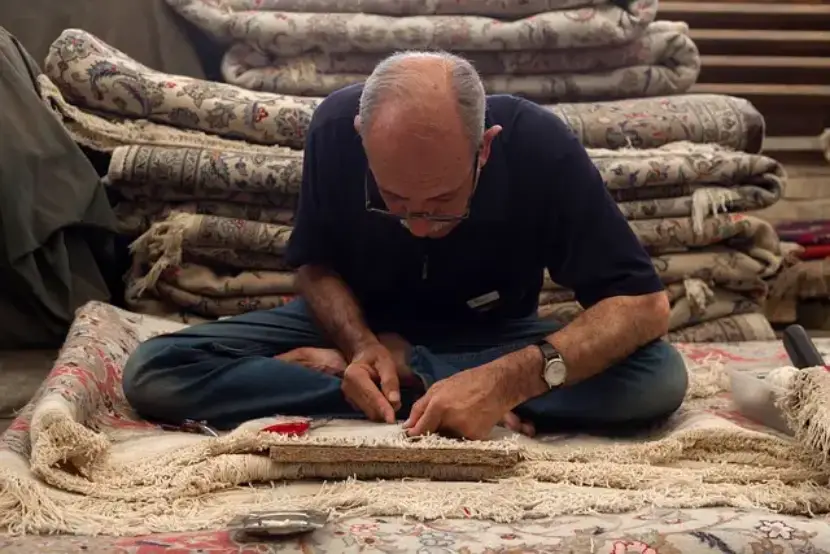
In the world of carpet repair, using donor patches is like borrowing a cup of sugar from the neighbour – it's all about lending a hand, or in this case, a piece of carpet. This technique involves taking a piece of carpet from an inconspicuous area, like under a couch or in a closet, and using it to replace the damaged section. It's a genius move, really. But it's not without its trade-offs. Matching the wear and colour of your carpet can be as tricky as finding a needle in a haystack. And there's the challenge of ensuring the patch integrates seamlessly with the replacement patch of carpet, avoiding a patchy, quilt-like appearance. Yet, when done right, it can save you from the expense and hassle of a full carpet replacement, proving that sometimes, a little patchwork can indeed bring back the magic.
Utilizing donor patches is akin to sharing a neighbourly cup of sugar, signifying the essence of help and cooperation. Discover how selecting the perfect donor patch can save you the expense and hassle of complete carpet replacement, while also exploring the nuances of carpet cleaning chemicals and their effects.
Existing Donor Patches
Talking about existing donor patches for carpet repair is like sharing an insider's secret. These patches are borrowed from hidden parts of your carpet, ensuring a perfect match in texture and color. The trick lies in choosing the right donor spot – one that's out of sight yet similar in wear and tear. It's a delicate balance, like selecting the right wine for dinner. The challenge? Ensuring the patch doesn't stand out like a sore thumb. But when chosen wisely, it seamlessly blends in, maintaining your carpet's aesthetics without a hint of the mishap. It's a testament to the old adage: sometimes, the best solutions are right under our noses (or feet, in this case).
Assess the Damaged Carpet
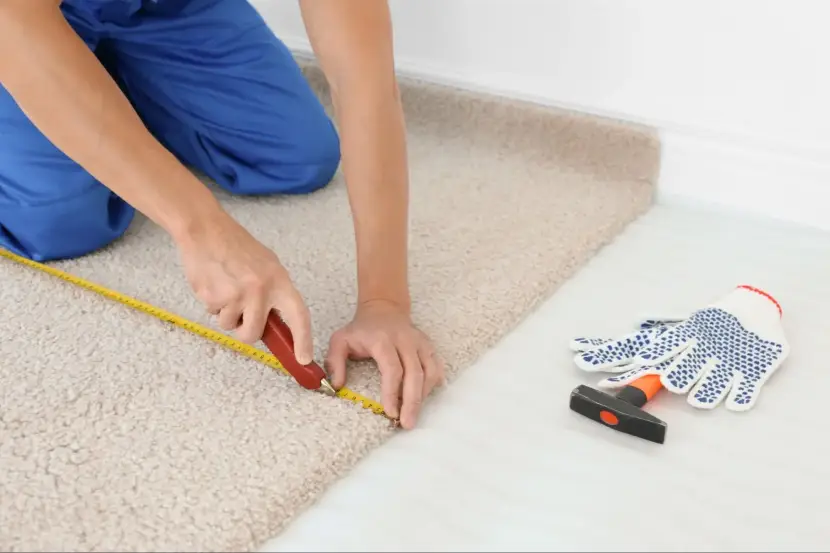
Assessing the damage on your carpet is akin to playing detective in your own home. It's not just about spotting the obvious signs of wear and tear; it's about understanding the story behind each stain and unravel. Start by taking a step back – literally. View the carpet from different angles to gauge the extent of damage. Is it a simple spill, or has the carpet become a memoir of mishaps? Consider the material, as some fabrics are more forgiving than others. Then, ponder the age and the usual foot traffic. High-traffic areas might show more wear, making them prime candidates for a little TLC. Remember, this assessment isn't just about aesthetics; it's about deciding the best course of action to breathe life back into your carpet, balancing cost, effort, and longevity. It's about making informed decisions, weighing the pros and cons of repair versus replacement, and considering how each choice impacts the carpet's future.
3 Ways to Patch a Hole in a Carpet
Explore the trio of techniques at your disposal to repair torn carpet, here: using a donor piece from an inconspicuous area, employing a ready-made carpet patch kit, or getting creative with materials at hand. Each method has its own charm, like choosing between a barbie, a picnic, or a gourmet meal—all satisfying but catering to different tastes and situations.
Mark the Damaged Section
Like sketching out a map before setting sail, accurately marking the damaged area is crucial. It’s the first step in ensuring your repair doesn't end up looking like a botched treasure hunt.
How Do You Repair a Damaged Carpet?
Repairing a damaged piece of carpet involves assessing the situation, choosing your method, and proceeding with patience and precision. It's a bit like surgery, but for your floor, requiring a steady hand and an eye for detail.
Tips for Avoiding Holes in Carpeting

Prevention is better than cure, right? Regular maintenance, mindful furniture placement, and the occasional gentle reminder to guests (or the kids) to treat the carpet with care can go a long way in keeping it pristine.
Decide on Nap Direction and Test Donor Piece
Ensuring the nap direction matches and testing the donor piece beforehand can make or break your repair job. It’s like auditioning actors for a play; everyone needs replacement piece to fit their role perfectly for a flawless performance.
Carpet Patching
Carpet patching is a craft, blending skill with intuition. From selecting the right tools to finessing the final blend, it’s about restoring harmony to your home’s canvas, ensuring fresh piece of the patch integrates seamlessly, almost as if it’s telling you, "No worries, mate, I’ve got you covered
Apply the Carpet Tape
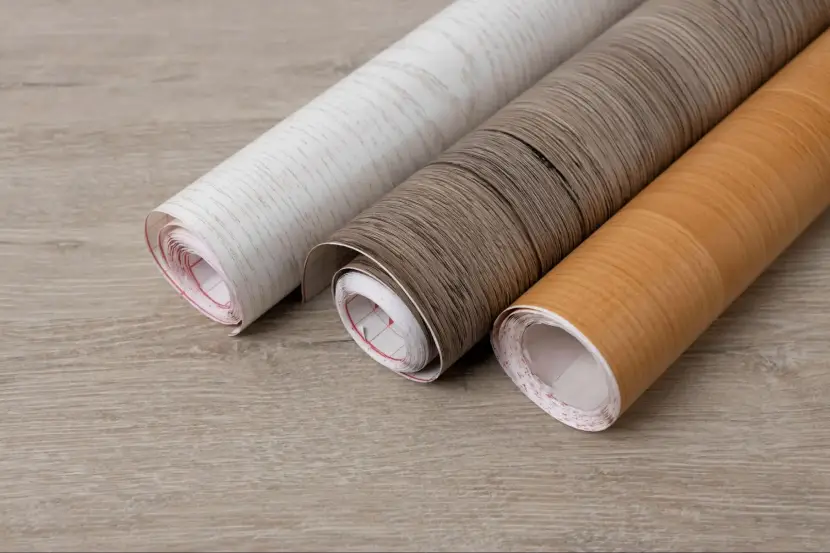
Think of carpet tape as the unsung hero of your repair adventure. It's the backbone glue that holds everything together, much like the sturdy roots of an old Eucalyptus. Precision in its application ensures your patch sticks firm, blending seamlessly into the carpet's landscape.
Blend the Patch With the Rest of the Carpet
Mastering the blend is akin to an artist mixing paints. It requires a keen eye and a gentle hand to ensure the new section marries well with the old, leaving no trace of the previous step or mend.
Section Replacement
When a patch won’t cut it, section replacement steps in like a seasoned cricket player ready to save the day. This method is for when the damage is too grand, and a fresh start is needed.
Using a Carpet Repair Kit
Armed with a new carpet installation and repair kit, you're the DIY hero of your own story. These carpet installation kits are like your trusty toolbox, equipped with everything you need to tackle those pesky spots without breaking a sweat.
Patching a Large Hole in a Carpet
Addressing and replacing a large hole demands courage and strategy, mirroring the careful planning of a bush trek. It's about ensuring the integrity of your carpet is maintained, all while making the repair of small holes invisible to the untrained eye.
Patch the Donor Area (Optional)
Patching the donor carpet and area is about leaving no trace behind. It’s respectful repair, ensuring that even the area that gave for the repair remains as pristine as the rest of the new carpeting is.
When to Call a Professional

Knowing when to call in the pros is crucial. There are times when a repair is beyond the scope of even the most enthusiastic DIYer. It's about recognizing when the situation calls for the expertise professional help of a seasoned professional, ensuring your carpet's longevity and beauty.
Each step in the carpet repair services and process is crucial, blending skill, patience, and attention to detail. These methods not only restore the carpet but also maintain the harmony and comfort of entire room of your home, embodying the true Aussie spirit of resilience and ingenuity.
Will adding a carpet patch fix loose carpet fibers in the surrounding carpet?
Adding a patch dry cloth can indeed secure loose fibers around it, especially if done with precision. It's like carefully stitching up a footy jersey; if you do it right, it's as strong as ever.
How do you repair a hole in your carpet?
Repairing a hole involves choosing a matching patch, ensuring the nap direction aligns, and securing small hole in it with the right adhesive. It's a bit like surgery, but for your floor.
What is the best carpet tape to use for damaged carpet repair?
The best tape is double-sided, specifically designed for carpets. It's got to be as reliable as a trusty ute, holding the patch firmly in place.
How is a professional carpet cutter used in repairing carpet damage?
A professional carpet cutter ensures clean, precise cuts for the damaged area between carpet installer and the donor patch. It's the difference between a snag on the barbie and a gourmet meal - precision matters.
Should I choose carpet replacement or repair?
It depends on the extent of the damage and the overall condition of your carpet. If it's like choosing between repairing an old ute and getting a new one, consider the cost, sentimental value, and the life left in the old carpet.
How to fix pulls in carpet as a professional?
Fixing pulls involves carefully trimming the pulled threads or re-tufting the affected area. It's akin to grooming a sheepdog – patience and skill lead to the best outcome.
For comprehensive details on maintaining your carpet's allure and ensuring its longevity, explore our extensive guide on carpet cleaning and the pivotal role it plays in home care.

Professional Cleaning Services in Gold Coast
book now
Recent Posts
-
![Comprehensive Guide to Bond Cleaning with Ozclean]()
A Comprehensive Guide to Bond Cleaning with Ozclean
January 18, 2024
Admin
-
![blog-thumbnail]()
-
![blog-thumbnail]()
The Complete Guide to Dog Hair Removal from Office Carpets
December 28, 2023
Admin
-
![blog-thumbnail]()
Winter Cleaning Tips For Outdoor Spaces
August 03, 2023
Admin
-
![blog-thumbnail]()
Robotic Vacuums: Advantages And Disadvantages
April 14, 2023
Admin
-
![blog thumbnail]()
Tips For Cleaning Your Kitchen Efficiently And Effectively
March 30, 2023
Admin
-
![blog-thumbnail]()
Room-by-Room Cleaning Checklists for an Efficient Clean
March 08, 2023
Admin
-
![blog-thumbnail]()
Effective Ways To Remove Rust Stains From Bathtub
January 31, 2022
Admin
-
![blog-thumbnail]()
5 Effective Carpet Cleaning Hacks
January 10, 2022
Admin
-
![blog-thumbnail]()
5 Cleaning Tips For Pregnant Ladies
December 27, 2022
Admin
-
![blog-thumbnail]()
6 Tips To Choose The Ideal Vacuum Cleaner For Your Car
December 13, 2022
Admin
-
![blog-thumbnail]()
5 Benefits When You Chose Professional Roof Cleaning
May 03, 2022
Admin





